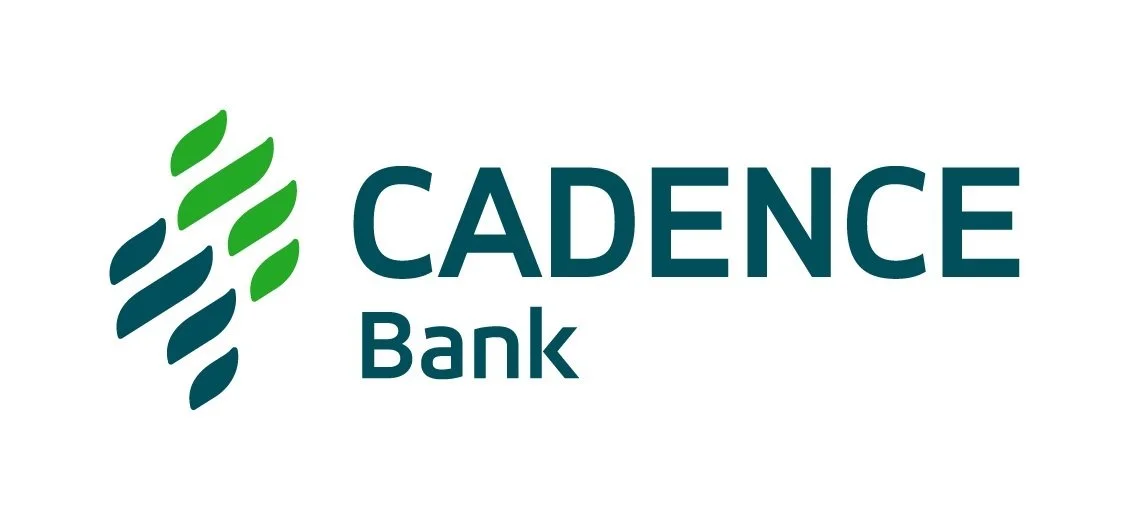What is the Cliff Effect?
You may have heard of the term "Cliff Effect."
The Cliff Effect significantly impacts the lives of thousands of families, trapping them financially with no way out.
Government subsidy programs have good intentions, but they don't work for everyone. These systems have built-in disincentives that discourage growth. If an individual's income increases beyond a certain threshold, they lose most or all government support, leaving them back at square one or worse. The resources that kept them afloat are suddenly taken away. Expenses like childcare, Medicaid, or food stamps fall squarely on their shoulders, and their small raise isn't enough to cover all these costs, ultimately leaving them worse off.
Cliff Effect: When Working Hard Doesn’t Always Help
Circles is working to resolve the Cliff Effect
For seven years, Circles USA has been conducting research and developing tools to better inform families and policymakers about this barrier that too often keeps people trapped in poverty.
Circles USA recently produced a policy platform that provides local, national, and federal recommendations for mitigating the Cliff Effect.
In previous years, Circles USA prototyped a planning tool to estimate the income levels that prompt the loss of benefits. Additionally, several states commissioned our researchers to make recommendations. For Michigan, Circles USA produced a field scan of solutions nationwide. For New Mexico, our report included case studies that point to ways to resolve the Cliff Effect.
Partnerships to address the Cliff Effect
Leap Fund curates benefitscliff.com as a clearinghouse for the latest information on the subject. Plus, Leap Fund developed a calculator that helps recipients of public benefits understand whether they will hit a cliff, when it will happen, and how long it will take them to recover. Several Circles chapters are currently piloting this calculator and utilizing Leap Fund’s educational resources.
The Federal Reserve Bank of Atlanta created an online dashboard that highlights high-paying, in-demand careers, and accounts for taxes, living expenses, and reductions in public benefits. Circles chapters are currently collaborating with the Atlanta Fed to create similar dashboards for numerous counties in Utah and Wisconsin, with the long-term goal of creating more dashboards in other states across the Circles network.


















